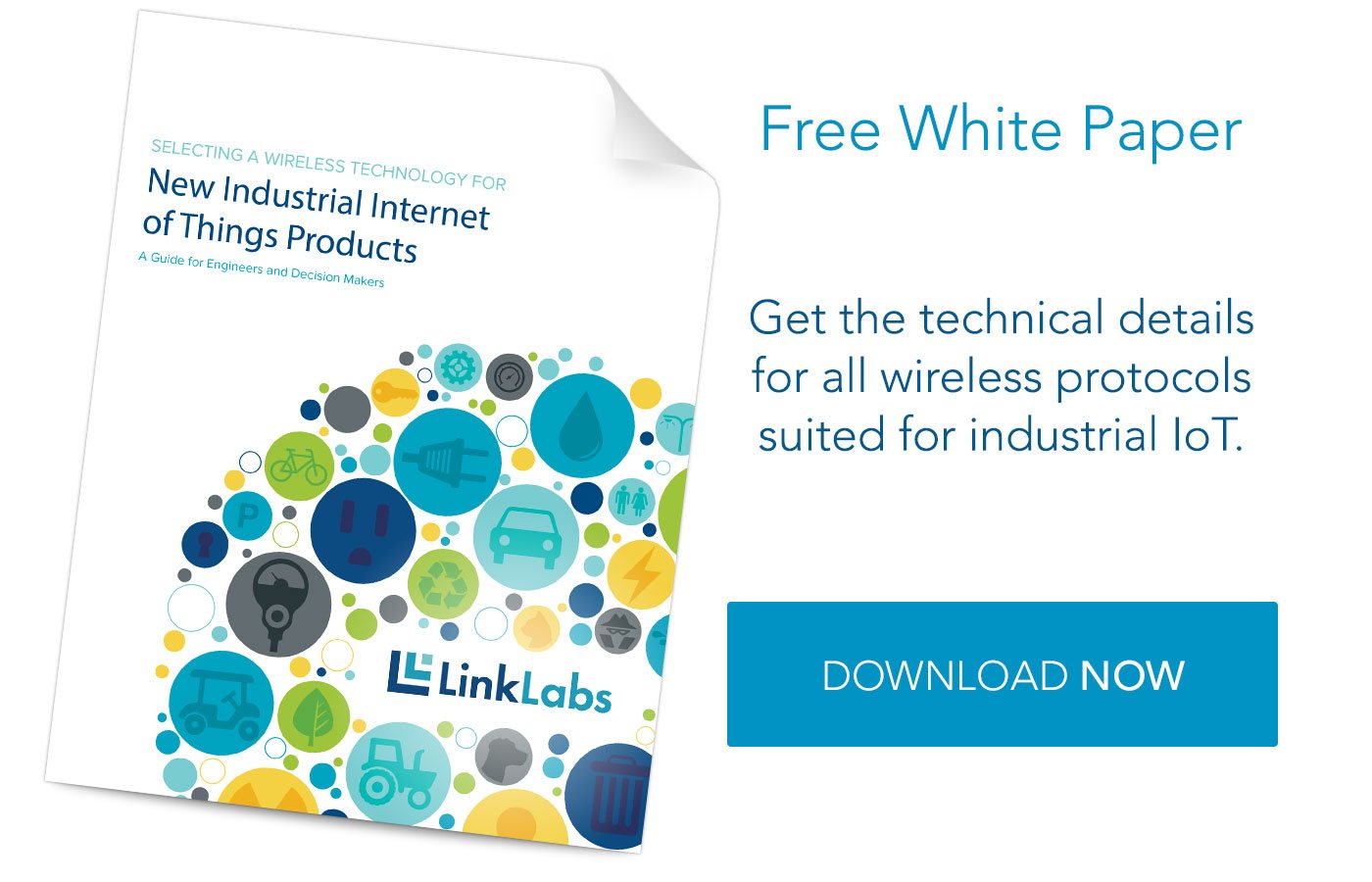Intro to M2M Tracking
Machine-to-machine (or M2M) tracking is a jargony way of determining, recording, and sharing the location of a device or physical object. [If you’re looking for a deeper dive on M2M itself and what it all means, check out one of our previous posts.] Using interfaces like our smartphones, web portals, or internet connected dashboards, people can now know where things are without having to see them with our own eyes. Tracking devices memorably hit the mainstream in the TV show Breaking Bad, where fans will remember when Hank asks Walt to place a GPS tracking device on Gus Fring’s car, or later when Walt tracks Jesse.
The good news for those of us in the non-criminal real world is that M2M tracking has a wide variety of uses that generate value for businesses and provide peace of mind and security for parents, pet owners, and other consumers. M2M tracking is useful for everything from keeping tabs on vital equipment in a hospital or factory to the location of a car, bike, or pet, and even for finding that key ring your 2-year-old decided needed a new home.
With technological advances in the past several years, consumers and businesses now have a wide selection of technology options and offerings (covered in the next section). It’s truly a heyday for those in the market for tracking devices. The options are nearly endless. Devices come in all shapes and sizes; you can choose to optimize battery life or coverage areas; there are both active and passive tracking options; and there are all sorts of data plans and alternatives.
Sifting Between The Technology Options
While RF experts know their their Zigbee and their 6LoWPAN, most of the rest of us can be overwhelmed once wireless discussions move beyond cellular and WiFi. [We’ve provided a convenient wireless technology overview that can be downloaded here.]
When choosing a M2M tracking solution, you definitely have to start with the object or objects you want to track. You have to ask yourself: how often do I need on-demand access to its location and how much does the data service cost? how often can I recharge the device (or do I even want to)? do I need GPS or will other tracking options work? Once you’ve narrowed down the key variables, you’re likely to find a few options that make sense for your application, be it on the factory floor or your bike in the garage.
Found Money - High ROI Asset Tracking
As this blog has covered before, there is quite a bit of activity in fleet asset tracking. And it should come as no surprise that some of the earliest adopters of M2M tracking were cargo, shipping, logistics, and fleet management companies (like Numerex and Axeda). Shipping goods has been a lucrative business millennia, and M2M tracking offers a variety of high ROI for businesses.
Not surprisingly, cellular network operators, like AT&T and Vodaphone, leverage their ubiquitous networks to offer M2M tracking services to cargo companies. While the trucks, trains, and shipping containers are themselves valuable, the widgets, gadgets, and goods shipped are the sorts of things companies don’t like to lose or to have stolen. More importantly, it’s pretty hard to find things that you aren’t keeping track of, even if they are the size of a shipping container. Beyond the value of tracking fleet vehicles and their contents, optimizing logistics through real-world data has a significant return on investment. Real-time and historical data about shipping times and routes allow fleet management companies to optimize future shipments, lower costs, and increase productivity. Additionally, fleet tracking contributes to public safety by holding drivers accountable for their speed and driving style.
Tracking The Things That Matter
GPS and GLONASS have revolutionized the way people navigate and get directions. Taking an afternoon to go to AAA for a TripTik has been replaced by on-demand step-by-step navigation. GM cars, for example, will now be outfitted with GPS, cellular, and Bluetooth Low Energy (LE), which not only allows vehicle tracking and seamless integration with smartphones, but also the ability to have a WiFi hotspot. For older models, there are myriad GPS tracking systems, like the LandSeaAir GPS tracking device used in the Breaking Bad scenes we mentioned. If well hidden, a tracking device can help owners and the police track down stolen cars. The same thing can be done for bicycles.
Despite its many uses, GPS isn’t ideal for every M2M tracking application. GPS is notoriously inaccurate indoors, and indoor telemetry (knowledge about and tracking of the location of things) is an emerging aspect of M2M tracking. People keep most of their things inside, and inside office complexes, factories, and warehouses is where vital business processes take place. Accuracy and speed of location can be imperative, and no situation better exemplifies this than a modern hospital. In the Emergency Room, companies like CenTrak keep track of the machines, instruments, and medication, so doctors and nurses can save lives. Relying on GPS for precise location of the nearest EKG simply wouldn’t work, which is why RFID, Zigbee, and Bluetooth tags and tracking devices are used in these instances. In addition to systemic offerings, there are many consumer tracking alternatives using Bluetooth LE (Chipolo, Tile, Pixie Things, XY) that are inexpensive and have good battery life. These Bluetooth LE products are great for things like keyrings, computers, and indoor pets.
Tracking The People That Matter (and By People We Also Mean Pets)
Sure, in a vacuum it sounds like the some dystopian nightmare to keep tabs our family members and pets GPS tracking devices. Yet every single smartphone has a GPS chip, and the world hasn’t ended, even though Apple, Facebook, and Google know where our phones are practically all the time. Moreover, one of the worst feelings a parent or pet owner can experience is losing track of a child or pet. Devices that offer GPS tracking for keeping tabs on children, pets, and other loved ones provide important peace of mind. When companies designing these products hold data security and privacy as key values, concerns about strangers and hackers using these devices for evil can be greatly mitigated.
Pet tracking is a growing field. Consumers have used Bluetooth LE trackers for pets, but have a very limited range. Due to this, the first pet tracking devices used cellular chips. This sector is heating up with the recent acquisition of Tagg, which makes a GPS tracking device for dogs, by Whistle, which makes activity monitors for pets.
Keeping kids safe and knowing where they are is both important and increasingly affordable. At the Mobile World Congress, FiLIP, a GPS safety device for children, launched its newest version and received significant attention. Tagg and FiLIP use cellular transceivers to send and receive their location, but wide-area, low-power networks, like Symphony Link and SigFox are emerging as alternatives, due to comparable range and drastically better battery life. Options are also increasing for non-intrusive tracking of the elderly and infirm.
Tracking is (Mostly) Good
As this post has explored, there are a lot of reasons to get excited about M2M tracking. It can help businesses improve productivity and save money, and in places like hospitals it can literally save lives. For consumers, M2M tracking allows us to follow the things and people we care about. Like anything related to wireless and the internet, additional M2M tracking entails concerns about security and privacy. But these issues aren’t different than the ones implied by carrying around a smartphone everyday, so long as the providers take encryption and data security seriously. With M2M tracking, knowledge really is (market) power, or at least peace of mind.





